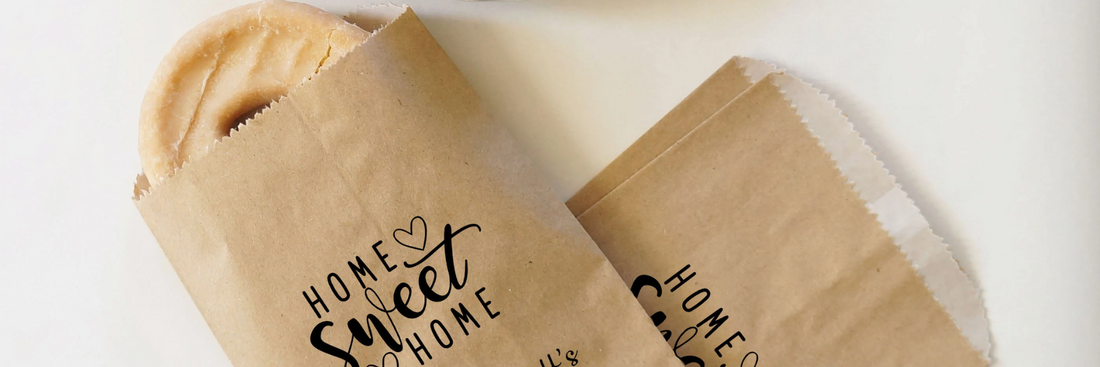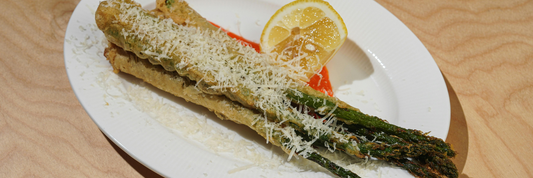Whether you’re a home baker, small business owner, or packaging pro, choosing the right cookies bag size is key to protecting your treats and presenting them beautifully. Cookies aren’t one-size-fits-all, and neither are the bags that hold them. From mini party favors to large gourmet sets, understanding how to match cookie size, thickness, and quantity to the correct bag size can improve freshness, reduce damage, and elevate your brand’s image.
Why Cookie Bag Size Matters
When it comes to packaging cookies, cookie bag size plays a critical role in more than just presentation—it directly impacts freshness, protection, and even your shipping and branding success.
Unlike flat items, cookies are three-dimensional—think of icing, layers, and toppings. This “nutcracker logic” means your cookies need not only width and height, but also depth clearance. Using a bag that’s too tight risks crushing frosting or breakage during transit, while oversized bags can look messy and unprofessional.
Why choosing the right cookie bag size matters:
-
Presentation: A well-fitted bag enhances perceived value and cleanliness. Whether you’re using a mini cookie bag for a party favor or a large cookie bag for holiday sets, the right dimensions make your cookies look intentional and beautiful.
-
Freshness: Cookies that shift or have too much air exposure inside the bag may lose texture or flavor faster. Using properly sized small cookie bags or resealable options helps preserve them longer.
-
Shipping Durability: Especially for decorated cookies or gift sets, poorly sized bags can cause cookies to move around and break. A good bag fits snugly while leaving room for protective cushioning if needed.
Standard Cookie Bag Sizes
There’s no true “one-size-fits-all” for cookies—but certain cookie bag sizes have become standard in the industry, especially for packaging single cookies or small sets:
| Bag Size | Ideal Use |
|---|---|
| 3 × 4 in cookie bag | Mini cookies, small favors, mini cookie bags |
| 4 × 6 in cookie bag | Standard 2.5"–3.5" cookies, basic small cookie bags |
| 5 × 7 in cookie bag | Larger decorated cookies or 2 stacked cookies |
| 4 × 9 in cookie bag | Tall cookies or vertical bundles of 2–3 |
These measurements refer to flat bag size, but real-world usage should consider the depth of the cookie as well. For example, a cookie with frosting and a cookie card may have a total product thickness of 0.5" to 0.625", requiring a gusseted bag or a slightly oversized option.

Single-Cookie vs Multi-Cookie or Bundled Bags
-
A cookie bag for 6 cookies typically needs to be gusseted and measure around 5×10 inches or larger, depending on the cookie size and stacking method.
-
For bundled cookies, extra room is needed to accommodate both the vertical stack and protective wrap or filler.
-
Consider using custom paper cookie bag sizes if you sell in fixed sets (e.g., 3 cookies per order or 6-cookie holiday sets), especially to improve efficiency in labeling and boxing.
Accounting for Cookie Depth & Icing
To avoid crimping the cookie’s design or closing the bag too tightly:
-
Measure the cookie diameter
-
Add 0.25"–0.5" per side for clearance (icing, seal flap)
-
For thick cookies (with royal icing, stacked layers), add depth:
e.g., a 4" cookie with 0.625" height needs a 4.625"×4.625" min. bag
This is particularly important when using clear cello bags for decorated cookies where aesthetics matter.
Flat vs Gusseted Cookie Bags
When selecting a cookie bag size, understanding the structure of the bag is just as important as the measurements. Two primary types are commonly used: flat cookie bags and gusseted cookie bags.
Flat Cookie Bags
-
Flat bags have no extra depth—they’re ideal for single cookies, especially flatter or undecorated ones.
-
Common sizes like 3×4 in or 4×6 in work well for small cookie bags or mini cookie bags.
-
These bags offer a sleek presentation but have limited expansion, which can crush frosting or edges if the cookie is too thick.

Gusseted Cookie Bags
-
Gusseted bags include side or bottom pleats, allowing the bag to expand and accommodate thicker or multiple cookies.
-
They’re perfect for stacked cookies, bundled cookies, or when packaging a cookie bag for 6 cookies.
-
Sizes like 4×2×9 in are common for long cookies or vertical packaging.
-
Gussets are also helpful for shaped or heavily decorated cookies that need extra room.

Choosing the Right Cookie Bag Size
To ensure the right fit and protection, it’s essential to match the cookie bag size to the cookie’s diameter and thickness—plus a bit of buffer for decoration or labeling.
Matching Bag Size to Cookie Dimensions
Measure:
-
Cookie width (diameter)
-
Cookie height (thickness, especially with frosting or sprinkles)
Example:
-
A 4" decorated cookie may need a 4.5"–5" wide bag with at least 0.5" depth or a gusset for safe closure.
Add Buffer for Icing, Spread & Decorations
Even flat cookies may expand slightly after baking, and any icing adds surface height. Add at least 0.25"–0.5" extra space on all sides to avoid crimping or smudging designs.
Recommended Bag Sizes by Cookie Size
|
Cookie Size |
Recommended Bag Size |
Bag Type |
|
3″ cookie |
3.5 × 5 in or 4 × 6 in |
Flat bag |
|
4″ cookie (iced) |
5 × 7 in |
Gusseted recommended |
|
5″ cookie |
5 × 8 in or 6 × 9 in |
Gusseted |
For bundles of cookies, such as a cookie bag for 6 cookies, gusseted bags measuring 5×10 in or larger are often used.
Bag Materials & Closure Options
The material and sealing method you choose can affect freshness, presentation, and ease of use. Here's what to consider:
Common Cookie Bag Materials
Paper Bags (Kraft or White Paper)
-
Affordable and recyclable, paper bags offer a rustic, homemade aesthetic.
-
Often used by bakeries for in-store packaging or bulk cookie sales.
-
May require inner lining (e.g., glassine or wax) for grease resistance.
Foil-Lined Bags
-
Opaque and insulated, foil-lined bags help preserve freshness and protect against light and air.
-
Best for long-term storage, holiday packaging, or premium cookie sets.
-
Less ideal for visual presentation but excellent for quality protection.

Cellophane (Cello)
-
Clear, crisp, and food-safe, cellophane bags are a popular choice for gifting and decorated cookies.
-
Excellent for presentation; often used for party favors or retail-ready packaging.
-
Available in flat and gusseted styles.
OPP Plastic
-
A strong, moisture-resistant plastic film that provides excellent clarity.
-
Ideal for heat-sealing to extend shelf life.
-
Common in professional cookie packaging and e-commerce.
Glassine
-
A semi-transparent, smooth paper that is grease-resistant and biodegradable.
-
Great for eco-conscious brands looking for a compostable alternative.
-
Less clear than plastic but offers a natural, minimal look.
Popular Closure Types
-
Adhesive flap: Easy and resealable, good for flat cookies and quick retail use.
-
Self-seal (ziplock): Offers resealability, ideal for gift sets or larger cookie bags.
-
Heat-seal: Creates an airtight seal; used for shipping and freshness.
-
Twist tie: Classic and flexible, often used with gusseted bags for rustic or handmade appeal.
FAQs About Cookie Bag Sizes
What’s the best bag size for a 4‑inch cookie?
A 5×7 inch gusseted bag fits best, especially for iced or thick cookies.
How much extra space should I allow in a bag for icing?
Add 0.25" to 0.5" on each side to avoid smudging or crushing.
Do 5×7 cookie bags fit standard cookies?
Yes, they fit most 3"–4" cookies, especially with decorations.
Can I reuse cookie bags for shipping?
Not recommended—most are single-use and may not seal securely after reuse.
Are heat‑seal or self‑adhesive bags better?
Heat-seal bags offer better freshness; self-adhesive bags are quicker and resealable.
Conclusion
The right cookies bag size ensures your cookies arrive fresh, intact, and eye-catching. Whether you need a small cookie bag for single treats, a custom-sized bag for decorated cookies, or a large bag for bundled sets, accurate sizing saves time, improves shelf appeal, and enhances the customer experience. With so many sizes and materials available, the perfect cookie bag is out there for every baker and every batch.




